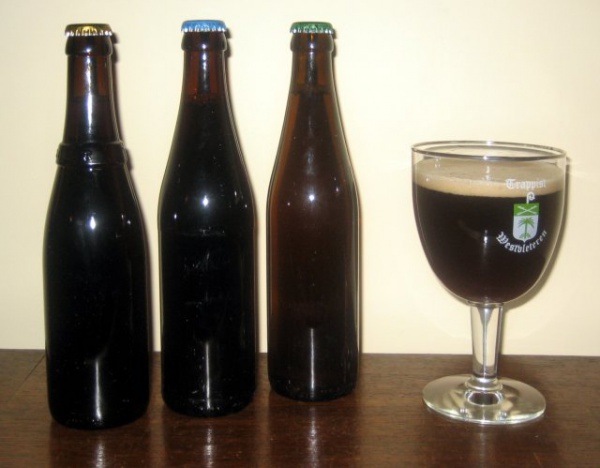Facts About Beer in Belgium
Belgium's beer scene is a vibrant and integral part of its culture, offering an impressive variety of styles. From pale lagers and amber ales to lambics and strong ales, there's something to suit every palate. As of 2016, Belgium boasted around 224 active breweries, ranging from historic Trappist monasteries to global giants like AB InBev. On average, Belgians consume approximately 84 liters of beer annually, a considerable decline from the 200 liters consumed per person in 1900.
The tradition of brewing beer in Belgium dates back to the 12th century, when abbeys brewed beer to raise funds. Trappist monasteries joined in during the late 18th century, with the first one in Belgium establishing its brewery in 1836. This rich beer culture was recognized by UNESCO in 2016 as part of the intangible cultural heritage of humanity.
Belgian beers are renowned for their unique fermentation methods. Lambics use spontaneous fermentation, Trappist beers undergo warm fermentation, old-brown beers are created through mixed fermentation, and lagers are made using cool fermentation. The country offers a plethora of beer types, from Trappist and Abbey beers to pilsners, bocks, wheat beers, blondes, and hop-forward brews.
The presentation of Belgian beers is also distinctive, with many varieties having their own branded glassware. Most Belgian beers are sold in bottles, which come in a variety of sizes and sealing methods. Belgium's beer culture flourishes with numerous beer festivals, bars, and cafés showcasing a wide selection of brews.
Beer is also a key ingredient in Belgian cuisine, often used in traditional dishes and paired with different courses of a meal. Organizations like "Beer Passion" and "Zythos" work to promote Belgian beer culture, while the Belgian Brewers' Association represents the breweries. Notable beer writers such as Michael Jackson and Tim Webb have extensively documented Belgian beers.
In recognition of its exceptional beer culture, Belgium's beer tradition was inscribed on UNESCO's Representative List of the Intangible Cultural Heritage of Humanity in 2016.

 France
France